Rediscovering WPA Poster Art of the National Parks with Ranger Doug
Join "Ranger of the Lost Art" Doug Leen for a virtual book talk about preserving the lost 1930s art of America's National Parks!


Today the Borscht Belt is recalled through the nostalgic lens of summer swims, Saturday night dances, and comedy performances. The film Dirty Dancing brought this Jewish vacationland in upstate New York to the national consciousness. It was a breeding ground for some of the country’s most renown comedians like Milton Berle, Jack Benny, Woody Allen and Mel Brooks, who said “No Borscht Belt, No Mel Brooks,” crediting the honing of his skills to his time in the “glory days of The Catskills.”
But its current state, like that of many other formerly glorious regions, is nothing like its earlier status. Forgotten about and exhausted, much of its structural environment has been left to decay. The new book, The Borscht Belt: Revisiting the Remains of America’s Jewish Vacationland, which features essays by Stefan Kanfer and Jenna Weissman Joselit, presents Marisa Scheinfeld’s photographs of abandoned sites where resorts, hotels and bungalow colonies once boomed in the Catskill Mountain region.
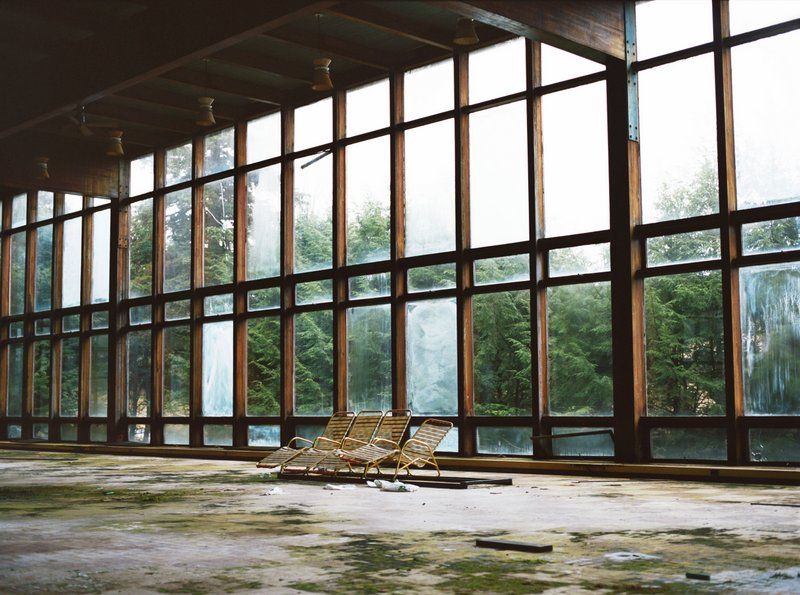
Photo by Marisa Scheinfeld
The book assembles images Scheinfeld has shot inside and outside locations that once buzzed with life as year-round havens for generations of people. Some of the structures have been lying abandoned for periods ranging from four to twenty years, depending on the specific hotel, or bungalow colony, and the conditions under which it closed. Other sites have since been demolished, or repurposed, making this book an even more significant documentation of a pivotal era in American Jewish history.
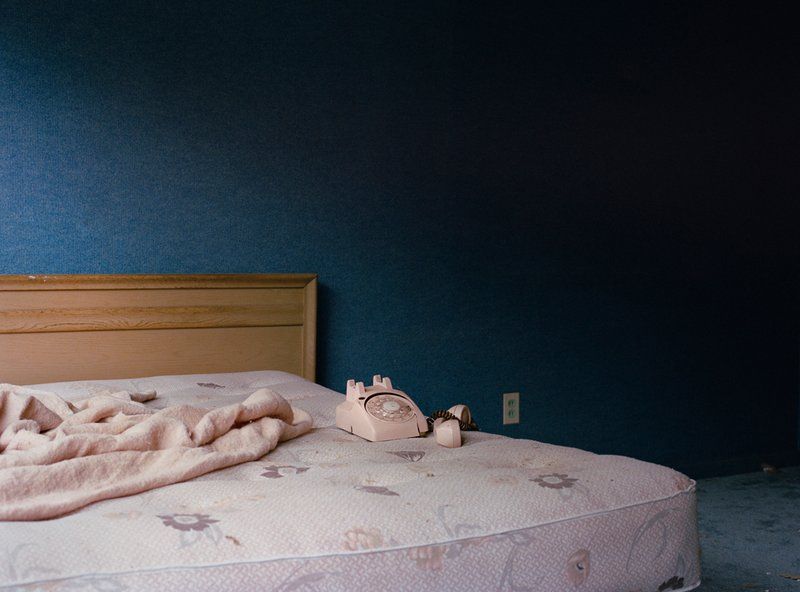
Photo by Marisa Scheinfeld
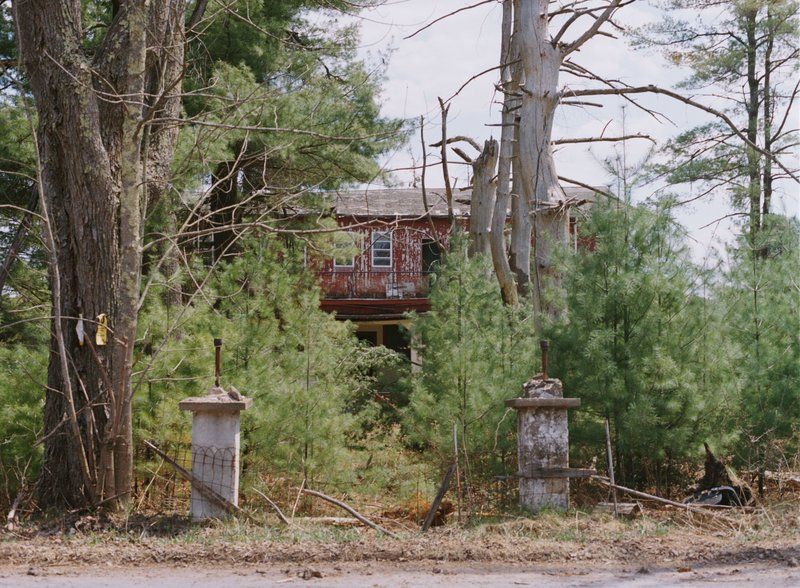
Photo by Marisa Scheinfeld
The Borscht Belt presents a contemporary view of more than forty hotel and bungalow sites. From entire expanses of abandoned properties to small lots containing drained swimming pools, the remains of the Borscht Belt era now lie forgotten, overgrown, and vacant. In the absence of human activity, nature has reclaimed the sites, having encroached upon or completely overtaken them. Many of the interiors have been vandalized or marked by paintball players and graffiti artists. Each ruin lies radically altered by the elements and effects of time. Scheinfeld’s images record all of these developments.
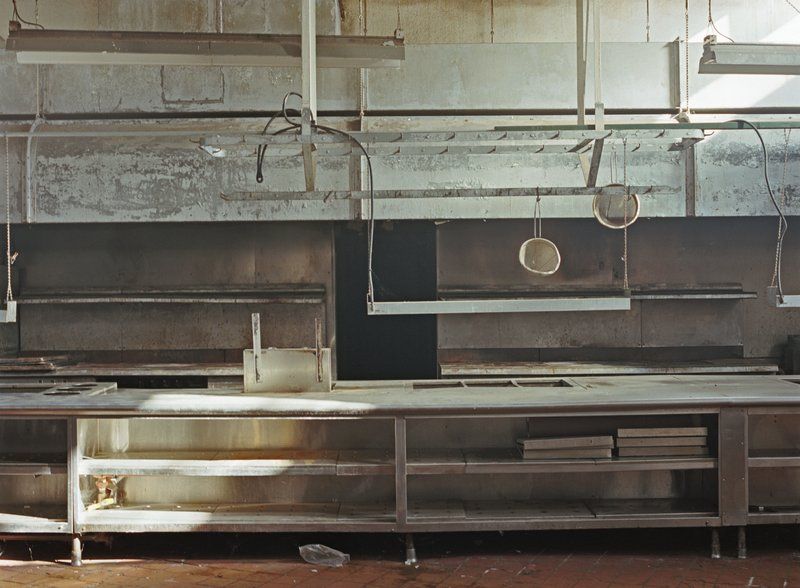
Photo by Marisa Scheinfeld
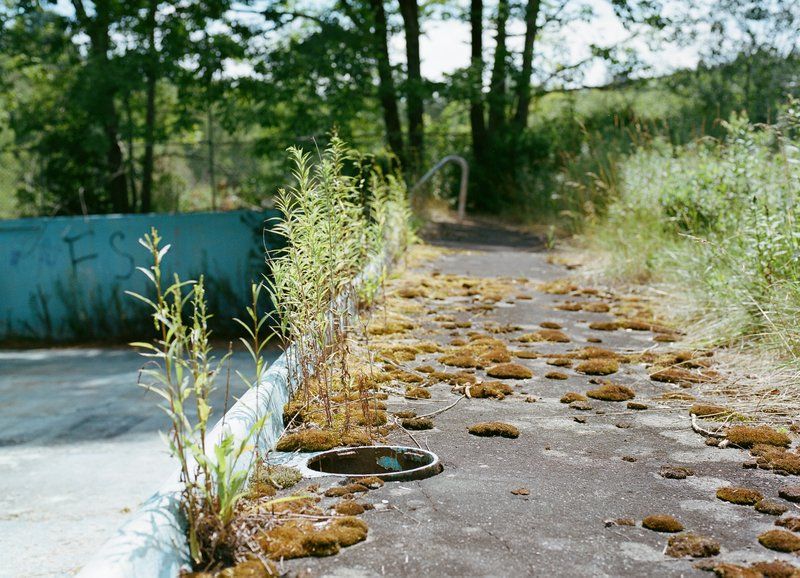
Photo by Marisa Scheinfeld
Scheinfeld began this project in graduate school, told to shoot what she knew. She acknowledges that there has been quite a bit of narrative documentation about the Borscht Belt but aims instead to create “a visual record of the truth of its built and natural environment in the early 21st century.” No longer a New Yorker by this point, Scheinfeld traveled between San Diego and New York. She says, “I drove to hotels and colonies I had never been to before, and others I recalled visiting as a child.” Like many of the photographers we feature on Untapped Cities, she sees herself as “an archeologist of sorts, searching for remnants and relics of an era, equipped with my tool (my camera – essentially an appendage), and my eyes.”
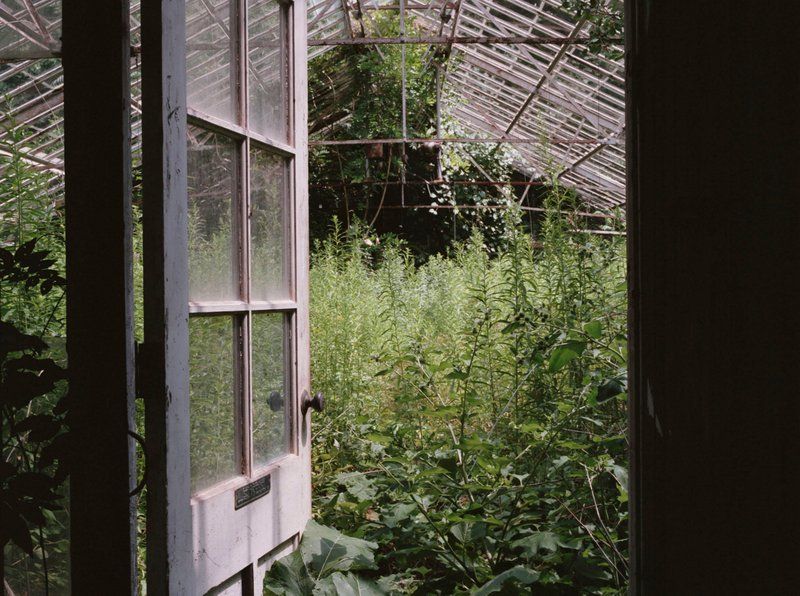
Photo by Marisa Scheinfeld
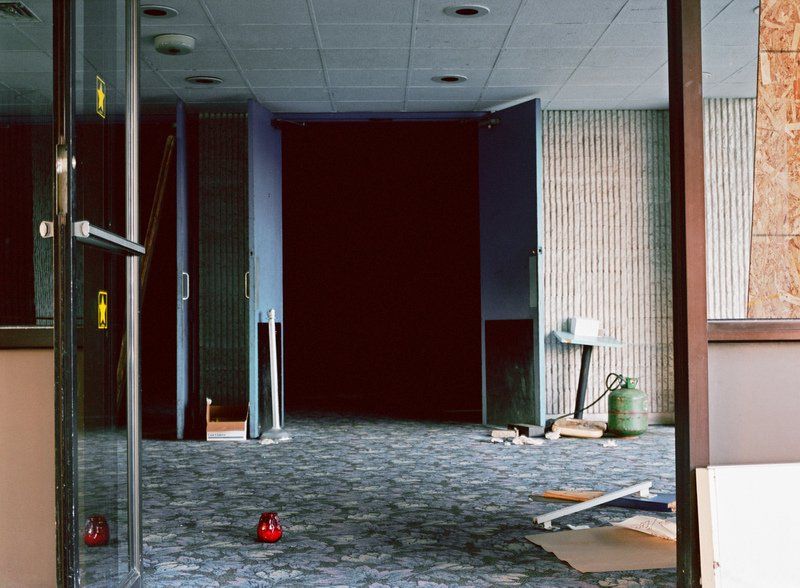
Photo by Marisa Scheinfeld
But more than just a collection of photography of the remains of these once lively resorts, the book also includes images of memorabilia, like matchbooks, pins and brochures, and striking then and now photographs showing the same locations side by side.
There are numerous upcoming book events for The Borcht Belt in the New York area, see the full schedule on here. Purchase the book on Amazon here.
Next, check out the abandoned Catskill Game Farm and more photographs of Grossinger’s Resort, one of the locations featured in the Borcht Belt.
Subscribe to our newsletter